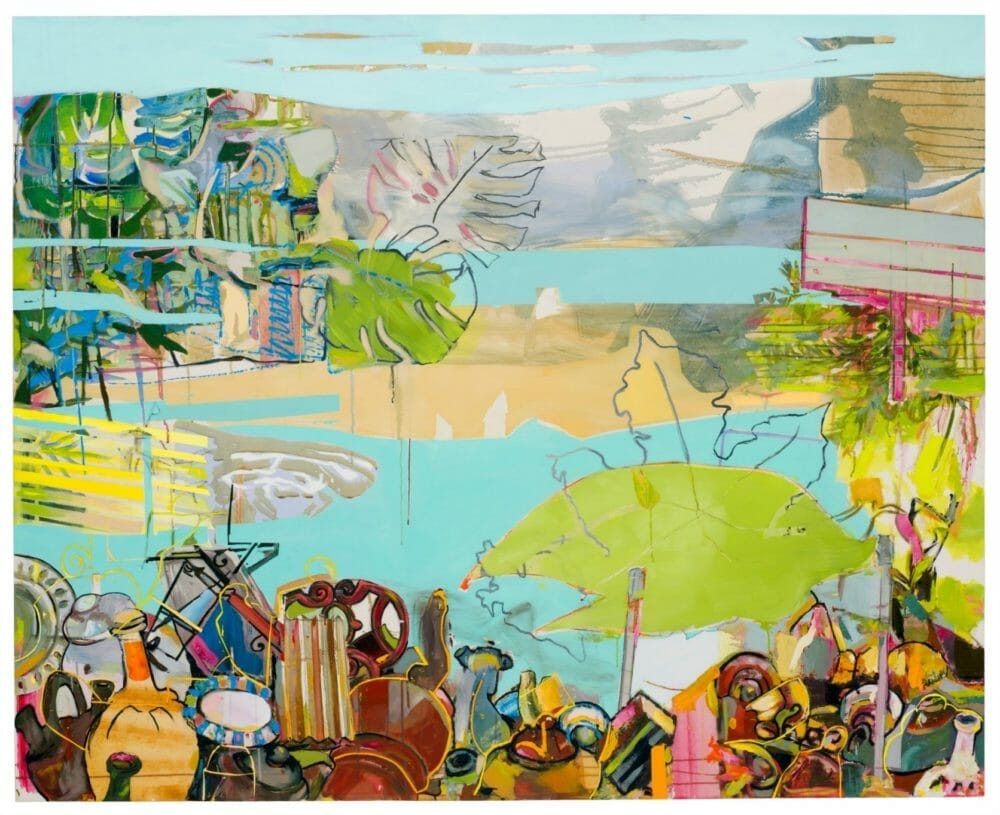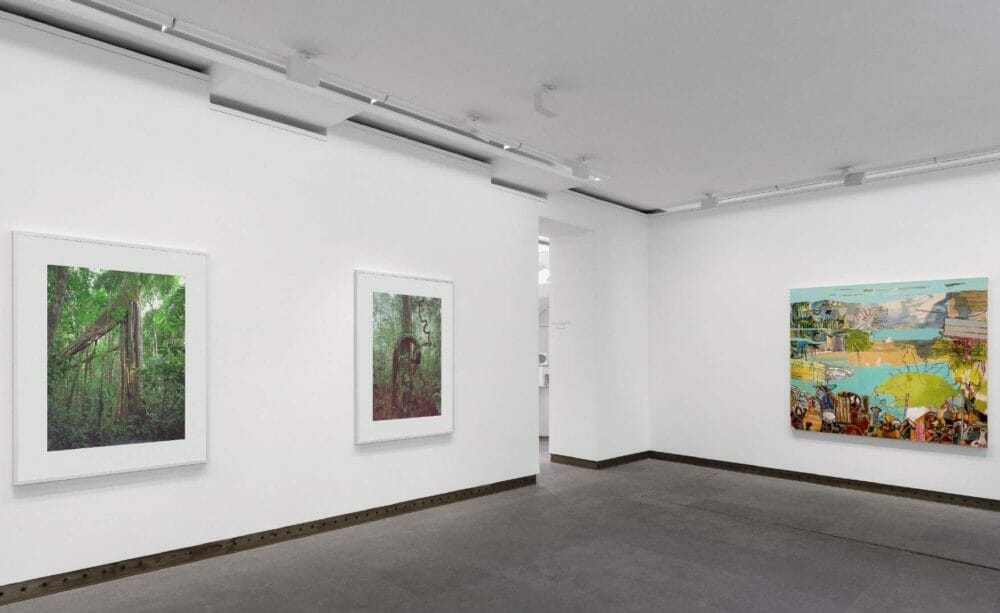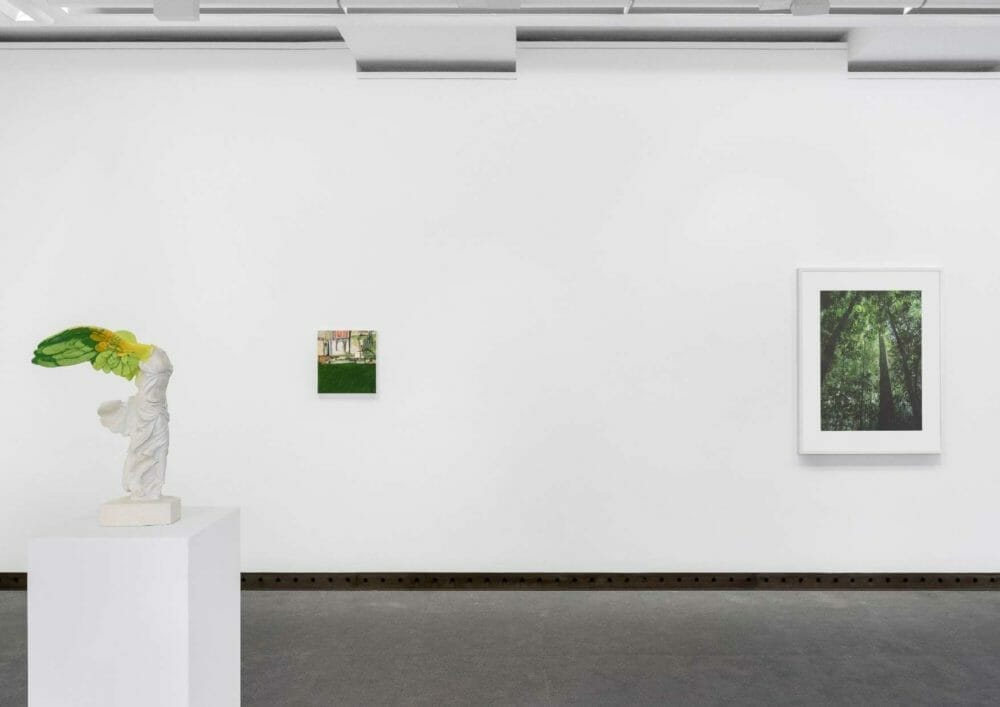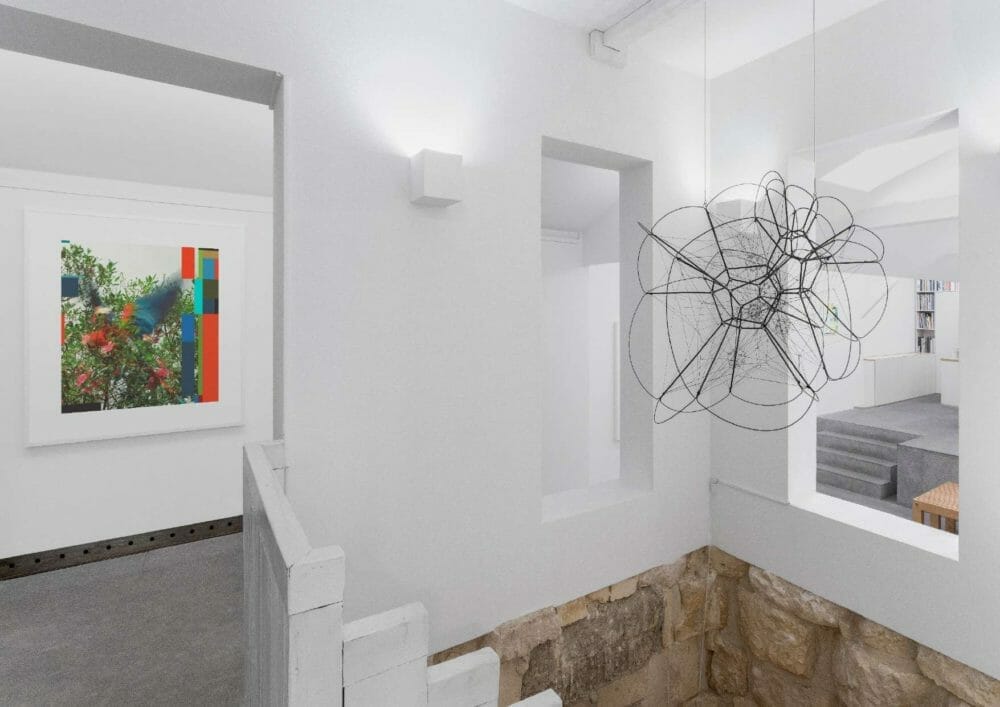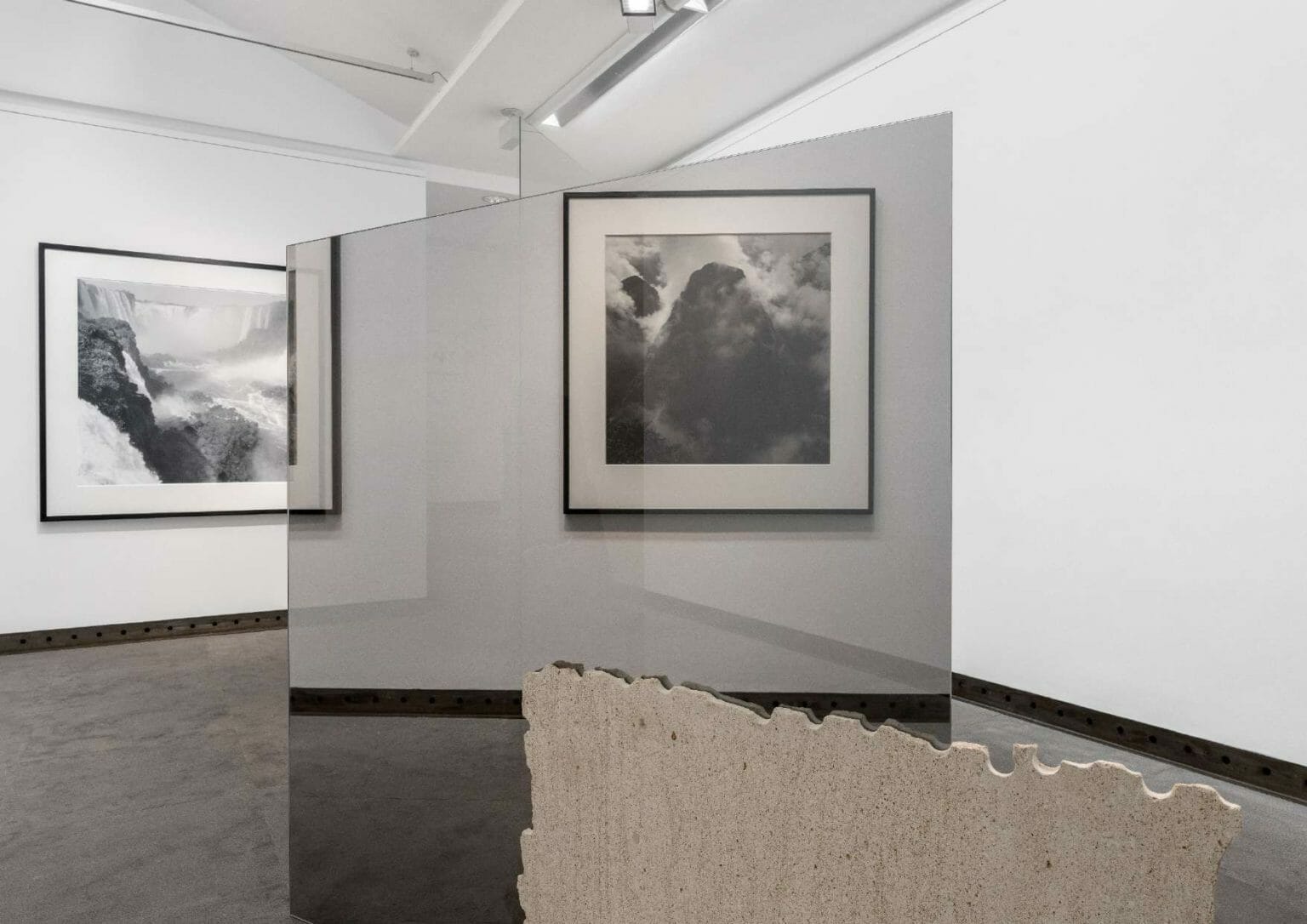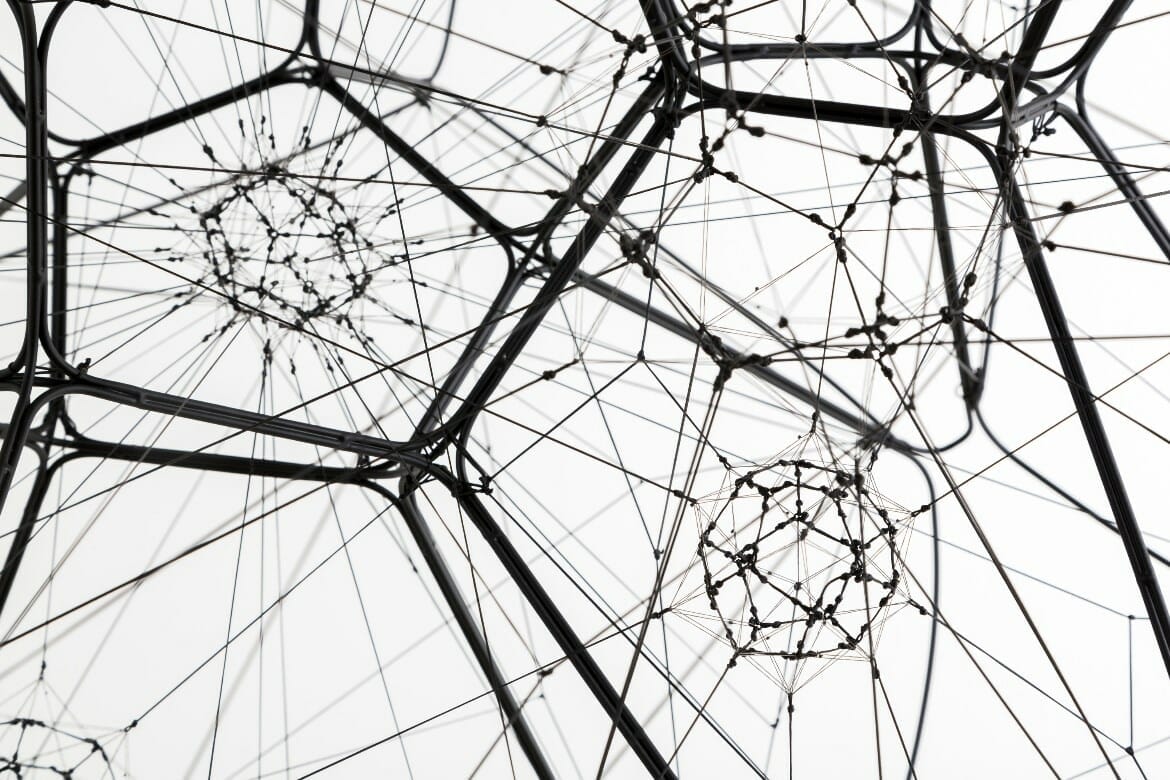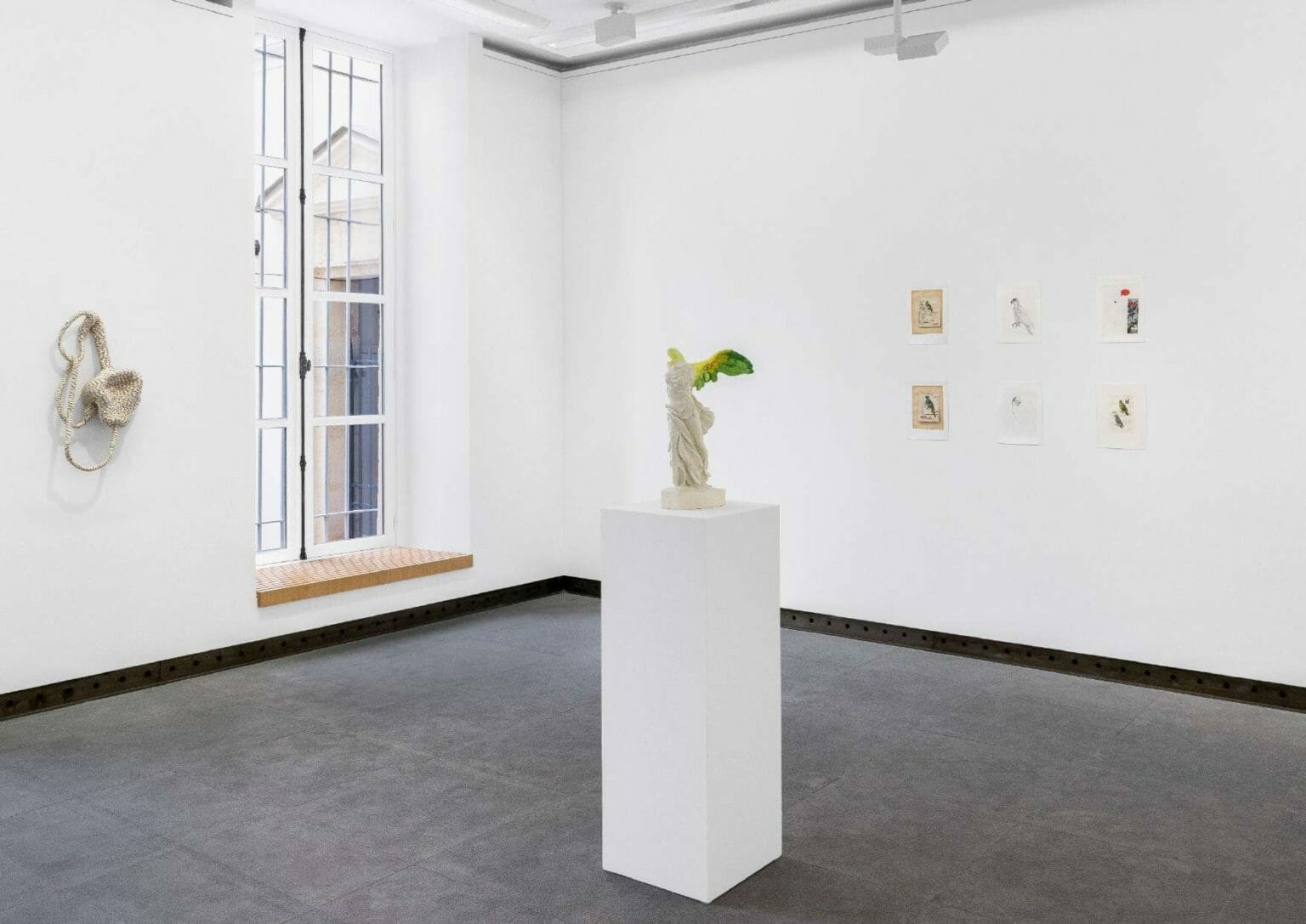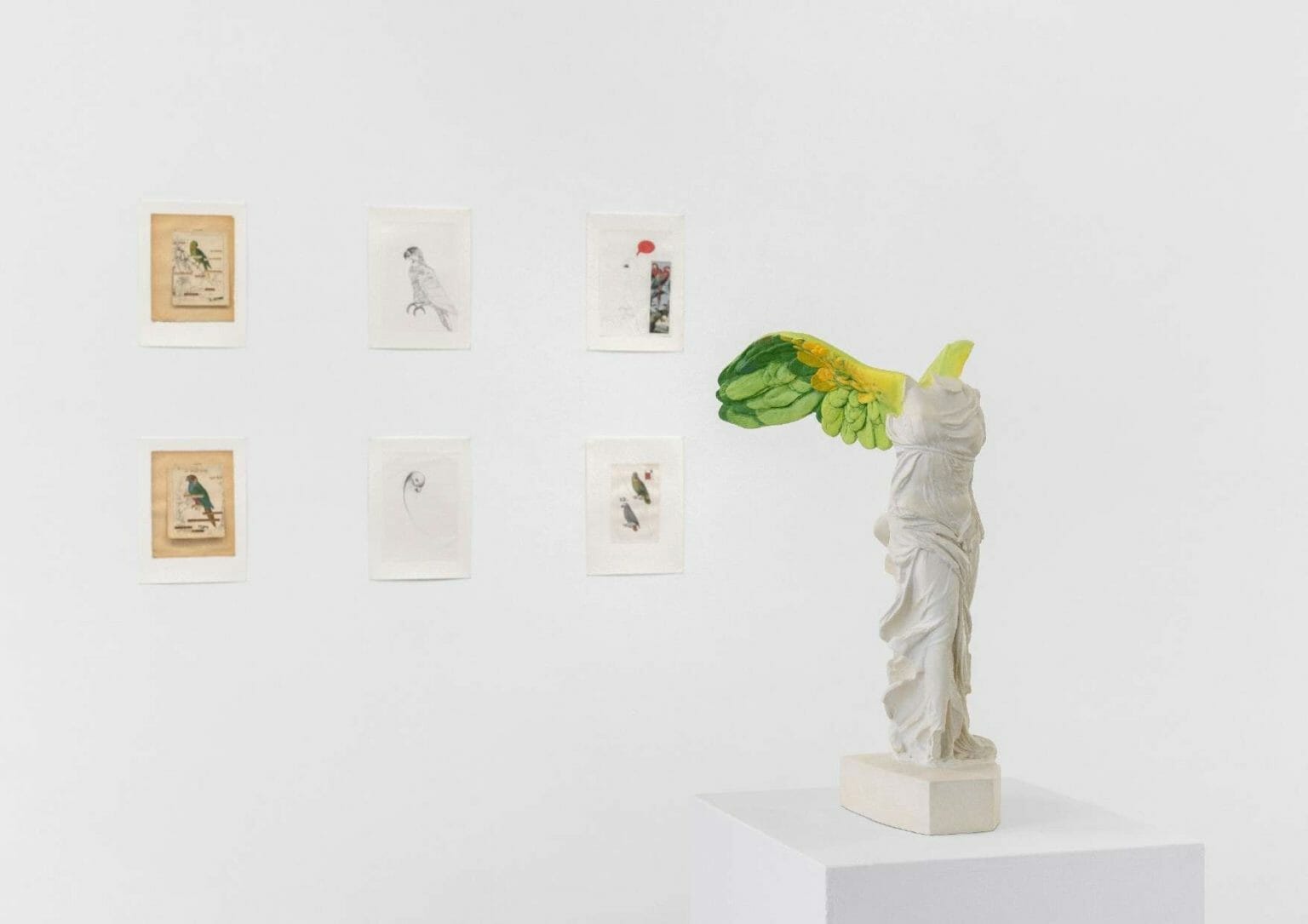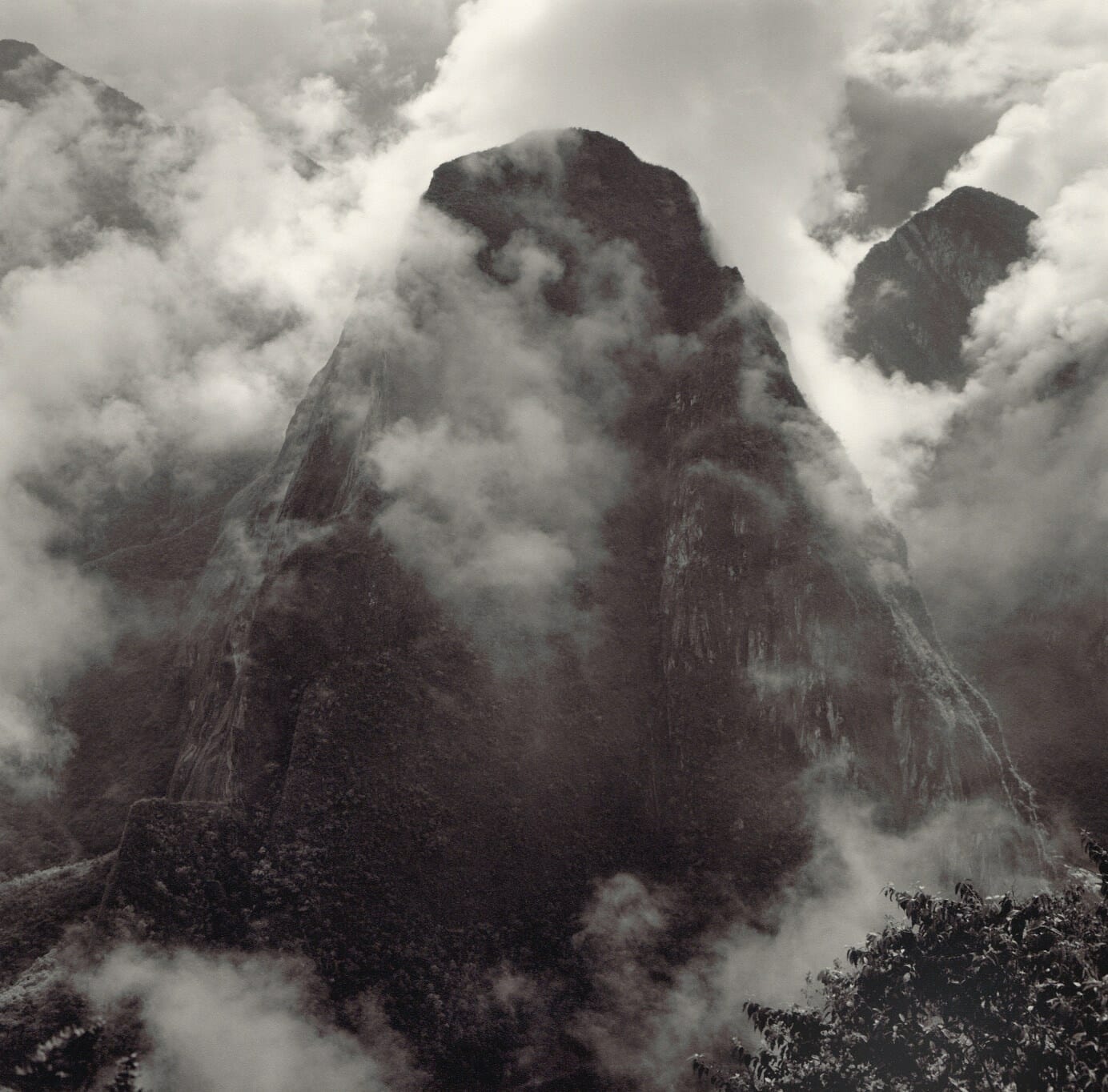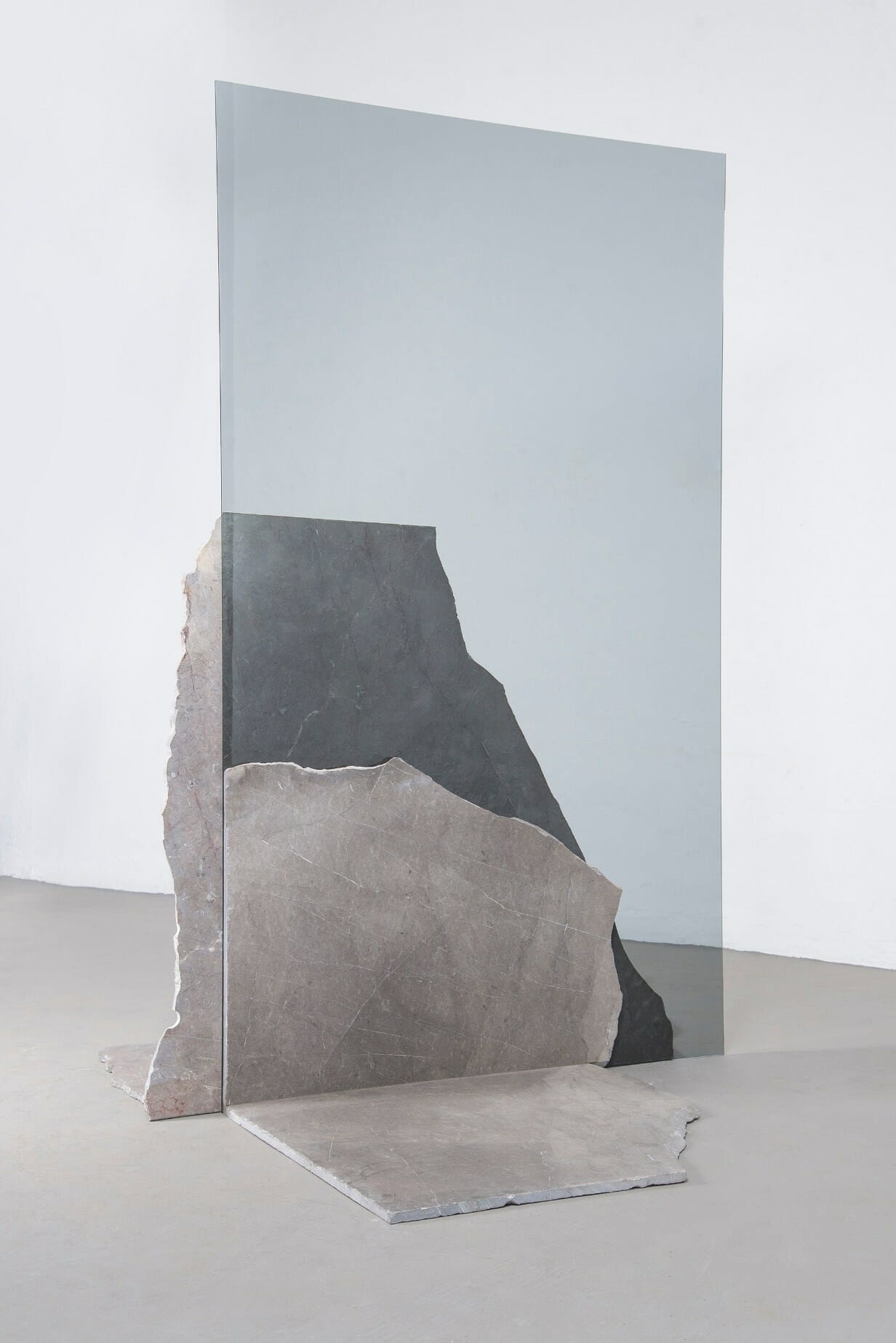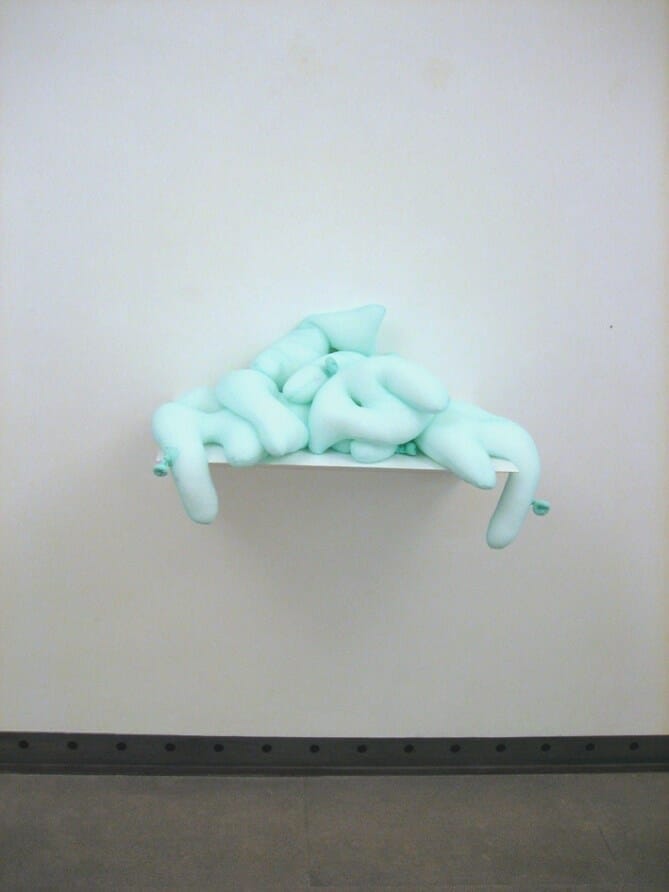"… the definition of “magical realism” used here is pretty much this idea of something surreal, oneiric, but seemingly to be the norm. It can be the case of something truly out-of-common – like the cosmos or visions, but it can also be a way to look at things so that the normal becomes magical. It is what we see, not what it is…"
So says the spokesperson for Galerie Karsten Greve in her discussion about how magical realism inspires their current exhibition, South America. Taking place at Galerie Karsten Greve Paris through August 6, 2022, this exhibition presents magical realism artworks by eight artists: James HD Brown, Jose Dávila, Lynn Davis, Lucia Laguna, Maria Nepomuceno, Ernesto Neto, Tomás Saraceno and Sergio Vega. The works include oil paintings, sculptures, photography, and mixed-media. According to the Galerie Karsten Greve website, the artists are all informed by the myths and legends of South America, responding to the cultural tales in their own ways.
Here, Picture This Post (PTP) speaks with the spokesperson for Galerie Karsten Greve (KG).
(PTP) What does magical realism mean to this exhibition?
(KG) Magical realism is a notion that remains very important in the literary and art scene in South America. Many writers and artists have a very unique way to see and show it in their works, and it reveals how extensive and variable this notion is. This exhibition is an introduction to something different from the gallery’s past projects focused on post-war American and European masters.
The definition of magical realism used here is pretty much this idea of something surreal, oneiric, but seemingly to be the norm. It can be the case of something truly out-of-common – like the cosmos or visions, but it can also be a way to look at things so that the normal becomes magical. It is what we see, not what it is.
Many Pre-Colombian communities barely made any distinction between the natural and the supernatural; tales, myths, legends and the imaginary were woven into daily life. They are very important pieces of cultural heritage.
Here, the gallery offers a view for another art scene, where there are various questions and ways to seek answers. This art scene of South America is a different heritage with its traditions – and of course it greatly impacts the art. It is extremely diverse from one point to another. We still have a very long way to go to discover, see, and feel it! It should be perceived as an open door. In this way, magical realism is more of a starting point for something larger. It is a way to ask our visitors to look beyond any borders and frontiers, as we believe that art does not have any borders or frontiers. We must look around us with attention to actually see the world in its fullest glory!
How do the artworks in this exhibit draw on the myths and legends of South America?
What is important to us is that every piece enhances a different relationship to nature – especially to the Amazon rainforest, the traditions, and the universe in itself. This idea is present in nearly all the works selected for the exhibition through a variety of points of view.
An example of using the idea of magical realism in Sergio Vega’s works: he did a very long voyage across the continent in search of Eden, which in legends is said to be still somewhere in South America. He goes further in his works, also showing the exotism and fetishization of South American culture, as well as the legacy of language nowadays, Spanish and Portuguese. His work, Victory of Samothrace, is completely recognizable (reference: Winged Victory: the Nike of Samothrace, a sculpture in the Louvre), but it puts forward another way of seeing, thinking, and being.
The most striking example perhaps would be the work of James HD Brown. While he was born in Los Angeles, he moved to Oaxaca in the 1990s, and built his home there. His whole life changed when he arrived in the small coastal village. He related that he was blown away by the way of seeing things, and most importantly, the way of seeing the sky and the universe. This is where the series of Planets comes from. In his drawing series Caput Mortem, also exploring the planets and the universe, he represents the snake, which in Mexican culture has an extremely different meaning than the one in European Christian culture: in Mexican culture, the snake is a highly spiritual being.
It does not have the pejorative image often associated with temptation and the seduction of Eve in the garden of Eden. It is a very bright and strong symbol of the passing between the realm of life and the realm of death, a symbol that connects them both. In this case, we want to show our visitors that there are always so many ways to see, and to be.
How do you hope the exhibition design helps convey magical realism?
The scenography was thought to be a pathway. Visitors can enter the space, navigating through different ways of seeing, and ending up in a little room – an homage to James HD Brown and his series of the planets. In some cases, the individual works exist on their own, such as Lynn Davis and Jose Dávila’s pieces, which together create a very surreal room.
For more information visit the Galerie Karsten Greve website.
Photo: Nicolas Brasseur. Courtesy Galerie Karsten Greve Paris, Köln, St. Moritz.

About the Author: Mingyuan Dong
Ming has lived in China, the United States, and France. She speaks the languages of all three of these countries, as well as German. With these tongues, Ming enjoys traveling, visiting art museums around the world, and discussing all kinds of art with fellow art enthusiasts.
Ming grew up studying drawing in studios. Today, Ming spends most of her time making art, or studying the arts. She especially enjoys making works about linguistics, the natural environment, and living situations.

